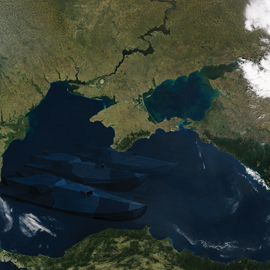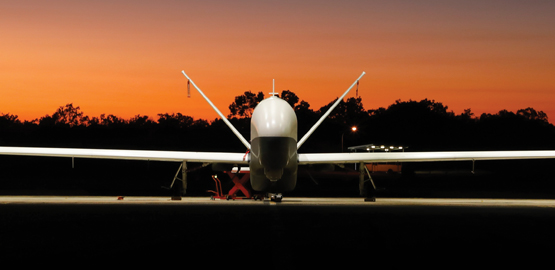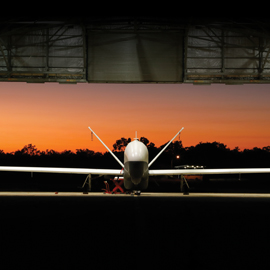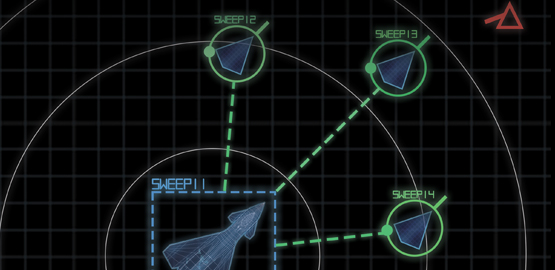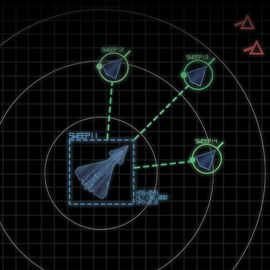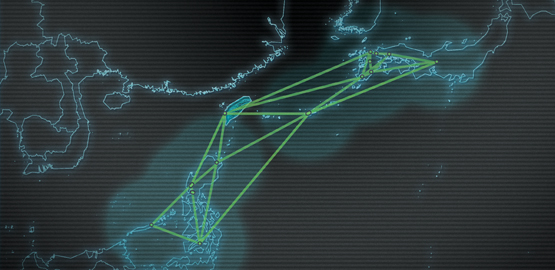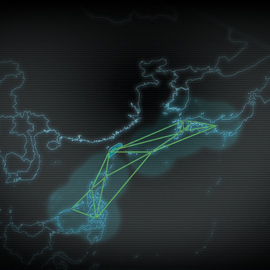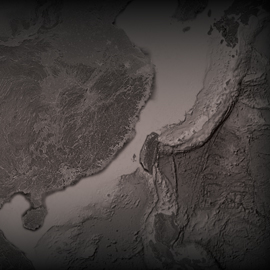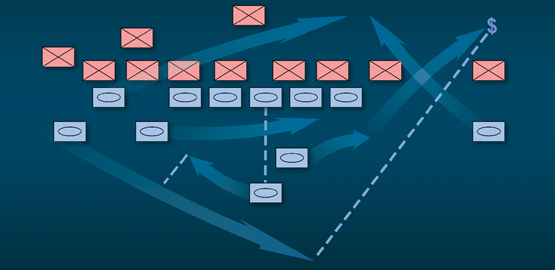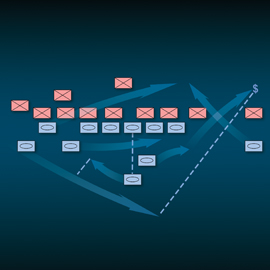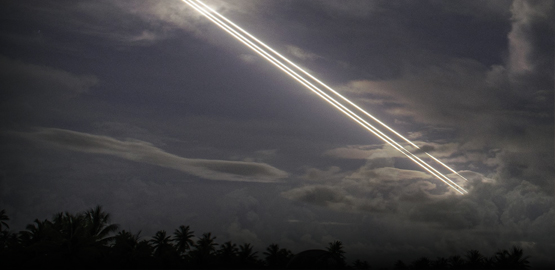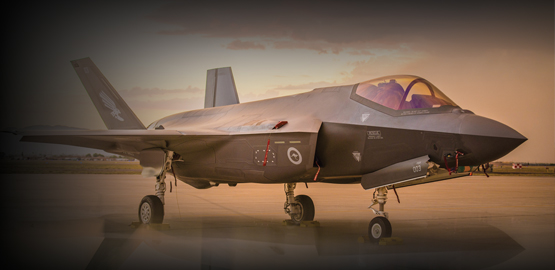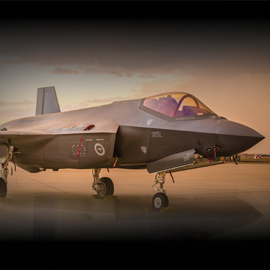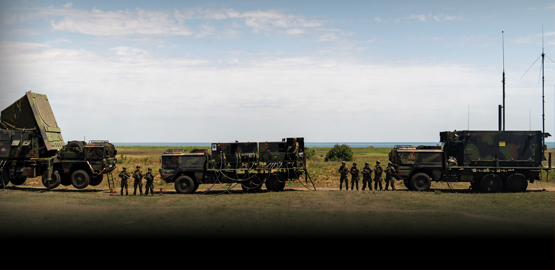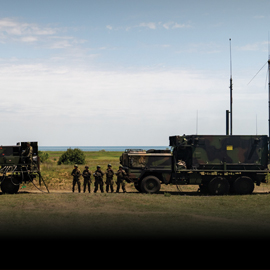Publications
"Nobody does defense policy better than CSBA. Their work on strategic and budgetary topics manages to combine first-rate quality and in-depth research with timeliness and accessibility—which is why so many professionals consider their products indispensable." – Gideon Rose, Editor of Foreign Affairs, 2010-2021
Taking Back the Seas: Transforming the U.S. Surface Fleet for Decision-Centric Warfare
The U.S. Navy’s surface fleet is at a crossroads. Today’s force lacks the size, resilience, and offensive capacity to contribute effectively to degrading, delaying, or denying aggression.
Winning the Invisible War: Gaining an Enduring U.S. Advantage in the Electromagnetic Spectrum
The proliferation and growing sophistication of civilian and military EMS capabilities has resulted in an increasingly congested and contested electromagnetic environment for which the U.S. military is unprepared. Over the past decade, several government and external assessments found that the U.S. military is falling behind Chinese and Russian forces in electronic warfare (EW) and that U.S. forces will be challenged to achieve EMS superiority in future conflicts.
Leveling the Playing Field: Reintroducing U.S. Theater-Range Missiles in a Post-INF World
Now that the United States has suspended its participation in the 1987 Intermediate-Range Nuclear Forces (INF) Treaty, the time has come to explore seriously the case for deploying ground-launched theater-range missiles.
Understanding Strategic Interaction in the Second Nuclear Age
As the modernization of existing nuclear arsenals, the spread of nuclear weapons, and the diffusion of new technologies make the nuclear landscape more complex, the time is ripe for a fresh examination of the nuclear balance. Toward this end, CSBA has been conducting a multi-year net assessment of the changing nuclear balance.
Assessing the Arsenals: Past, Present, and Future Capabilities
As the modernization of existing nuclear arsenals, the spread of nuclear weapons, and the diffusion of new technologies make the nuclear landscape more complex, the time is ripe for a fresh examination of the nuclear balance. Toward this end, CSBA has been conducting a multi-year net assessment of the changing nuclear balance.
Piercing the Fog of Peace: Developing Innovative Operational Concepts for a New Era
This paper is meant to stimulate discussion of, and ultimately spur action to develop, the concepts and capabilities the United States will need to prevail in a more dangerous world.

